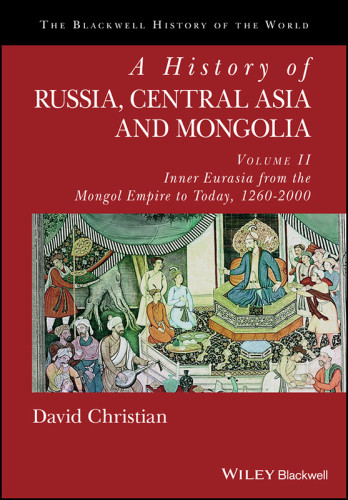

Most ebook files are in PDF format, so you can easily read them using various software such as Foxit Reader or directly on the Google Chrome browser.
Some ebook files are released by publishers in other formats such as .awz, .mobi, .epub, .fb2, etc. You may need to install specific software to read these formats on mobile/PC, such as Calibre.
Please read the tutorial at this link: https://ebookbell.com/faq
We offer FREE conversion to the popular formats you request; however, this may take some time. Therefore, right after payment, please email us, and we will try to provide the service as quickly as possible.
For some exceptional file formats or broken links (if any), please refrain from opening any disputes. Instead, email us first, and we will try to assist within a maximum of 6 hours.
EbookBell Team

4.0
16 reviewsBeginning with the breakup of the Mongol Empire in the mid-thirteenth century, Volume II of this comprehensive work covers the remarkable history of “Inner Eurasia,” from 1260 up to modern times, completing the story begun in Volume I. Volume II describes how agriculture spread
through Inner Eurasia, providing the foundations for new agricultural states, including the Russian Empire. It focuses on the idea of “mobilization”—the distinctive ways in which elite groups mobilized resources from their populations, and how those methods were shaped by the region’s distinctive ecology, which differed greatly from that of “Outer Eurasia,” the southern half of Eurasia and the part of Eurasia most studied by historians. This work also examines how fossil fuels created a bonanza of energy that helped shape the history of the Communist world during much of the twentieth century.
Filled with figures, maps, and tables to help give readers a fuller understanding of what has transpired over 750 years in this distinctive world region, A History of Russia, Central Asia and Mongolia: Volume II: Inner Eurasia from the Mongol Empire to Today, 1260-2000 is a magisterial but accessible account of this area’s past, that will offer readers new insights into the history of an often misunderstood part of the world.